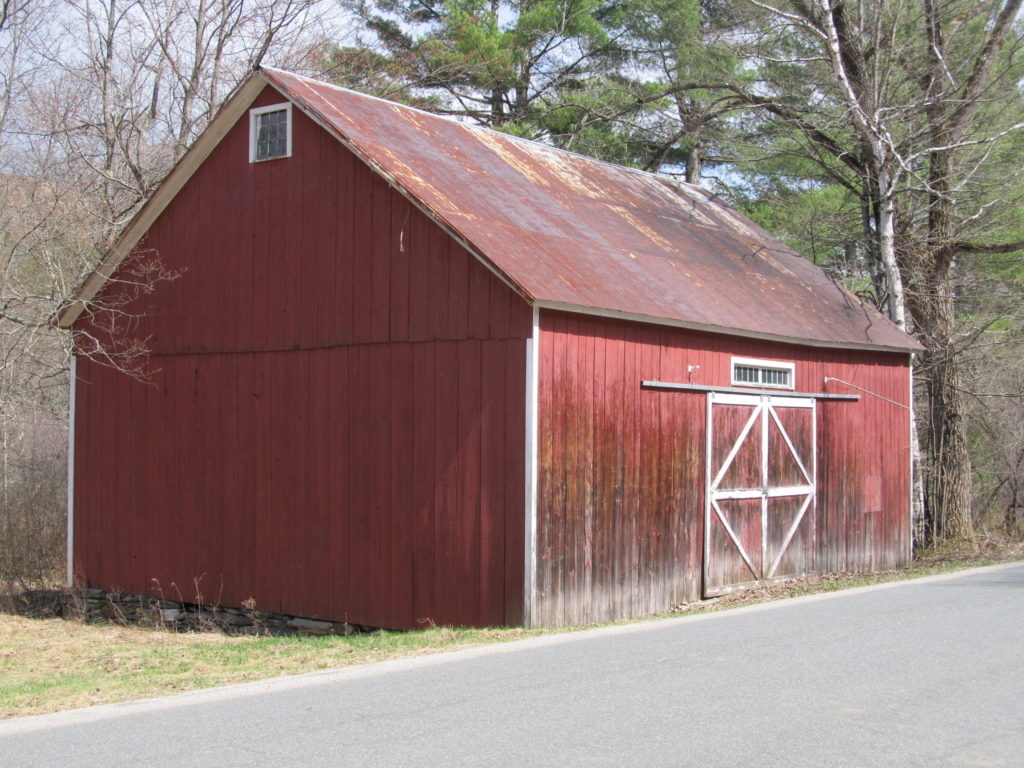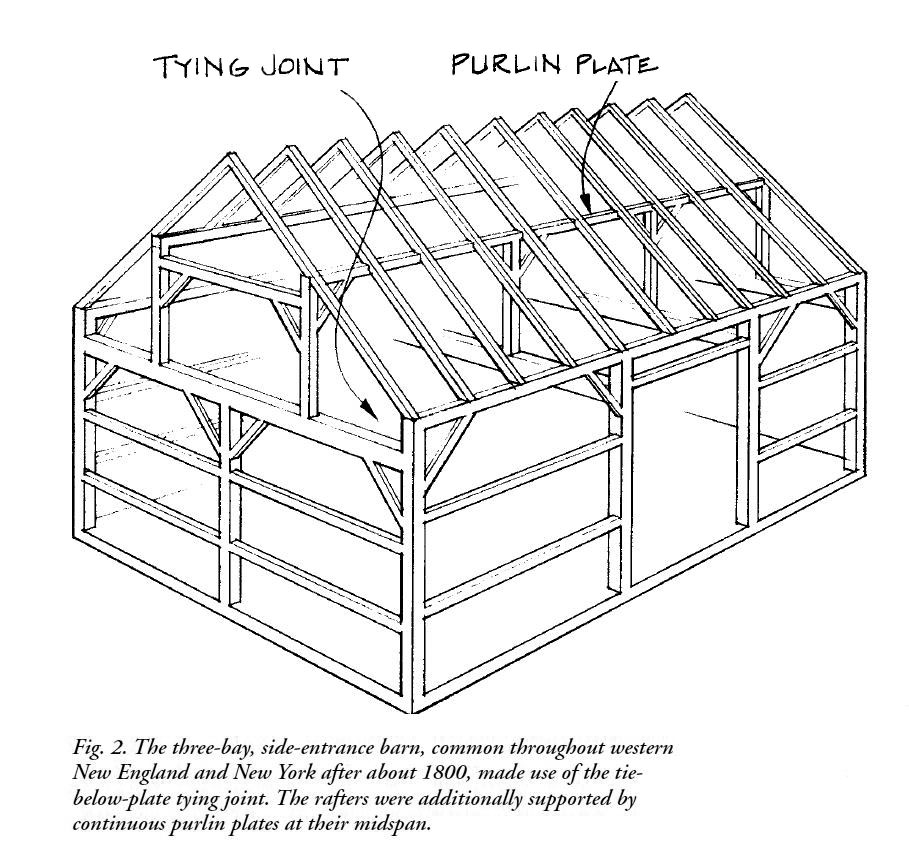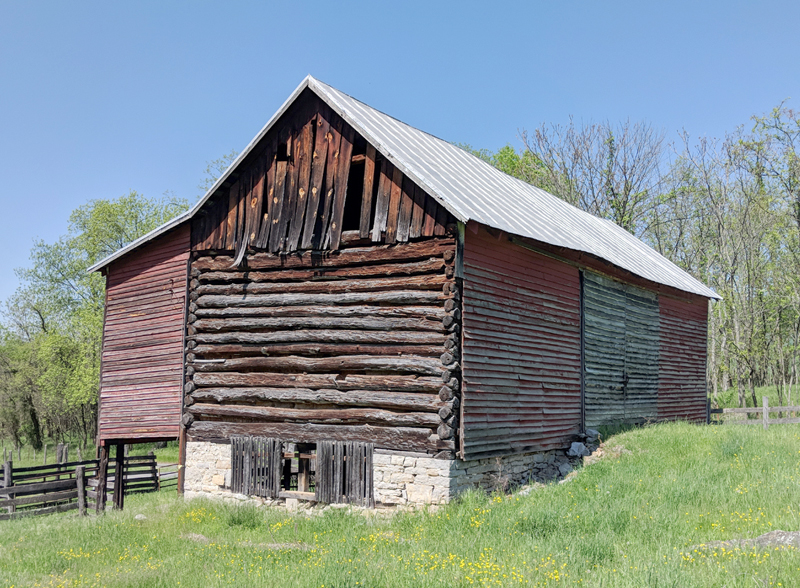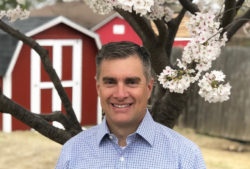Presented by Michael Cuba
The National Barn Alliance is happy to welcome Michael Cuba to its virtual lecture series on June 29, 2024 at 7 pm. Michael’s lecture will explore the science of dendrochronology (tree ring dating) and its applied use for dating and interpreting historic structures. Several case studies will be presented including some prominent projects from overseas. While this science can offer conclusive felling dates for timbers used in building, interpretation and context for this information relies on both documentary and physical evidence. Michael will use examples of recent reconstruction projects of the Dominy House, in East Hampton, NY, and the reconstruction of one of the trusses from the Notre Dame de Paris Cathedral that was lost in a fire in 2019, to underscore the importance of documentation in preservation work.
The lecture is free and open to the public and can be accessed via the following link,
https://umw-sso.zoom.us/j/89953652669
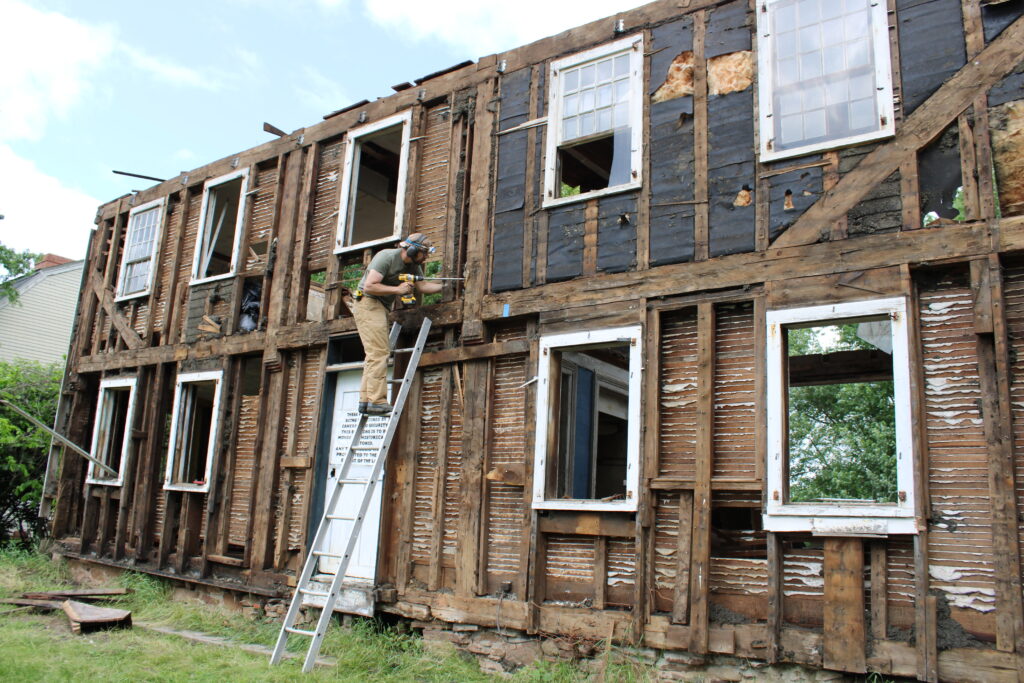
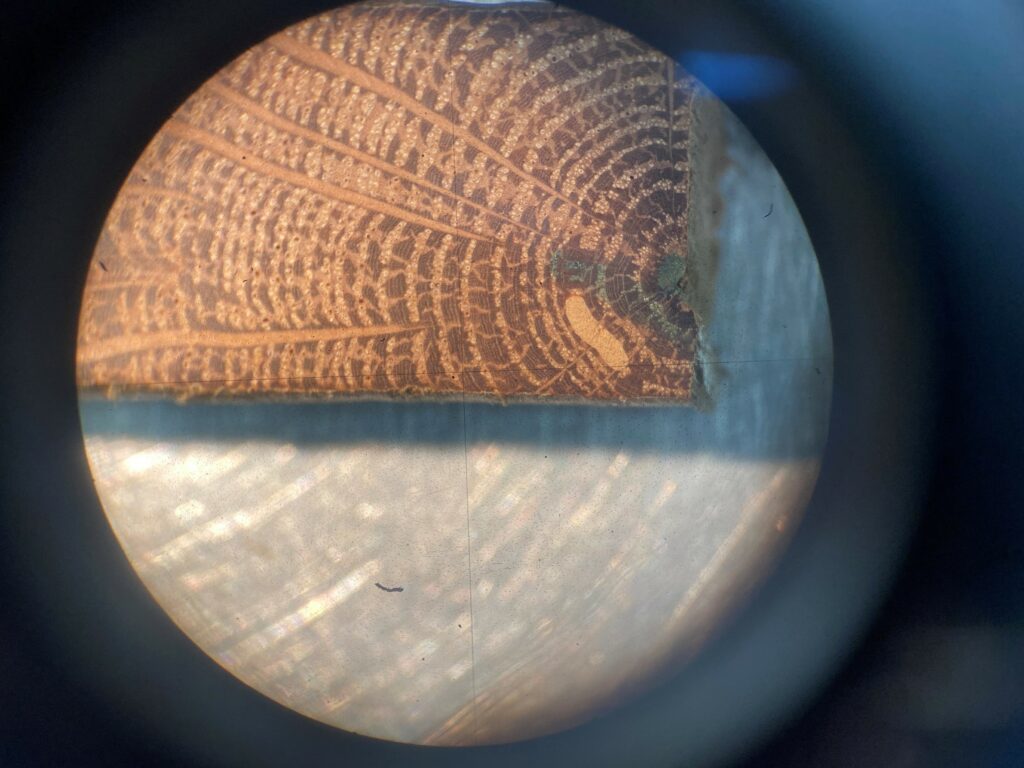
Originally from Bucks County, Pennsylvania, Michael Cuba moved to Vermont in the mid 90’s where, as a student in college, he first began to hone his woodworking skills. Michael founded Knobb Hill Joinery, with Seth Kelley, to focus on preservation and restoration timber framing while occasionally designing and cutting new structures. He has spent a great deal of time documenting historic buildings, teaching classes, and demonstrating traditional timber framing methods. After moving back to the Mid-Atlantic, in 2013, he founded Transom HPC and shifted his focus toward dendrochronology work and assessments of historic buildings.
Michael is active in the Timber Framers Guild, both as an active member of the Traditional Timber framing Research & Advisory Group and as the editor of TIMBER FRAMING, the Guild’s quarterly journal. Michael serves on the boards of the Timber Framers Guild, the National Barn Alliance, the Historic Barn and Farm Foundation of Pennsylvania, the advisory board of Handshouse Studio, and historical societies in Pennsylvania and New Jersey.

